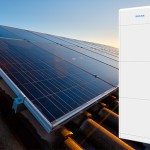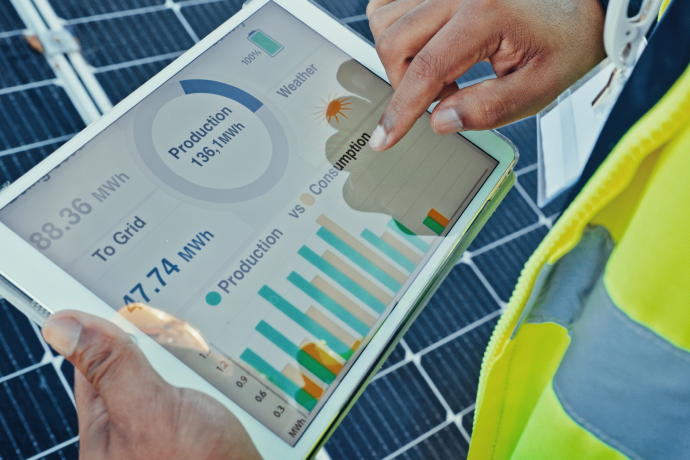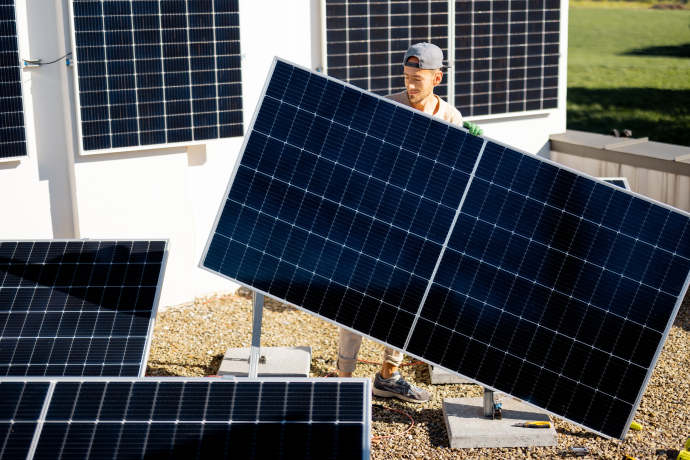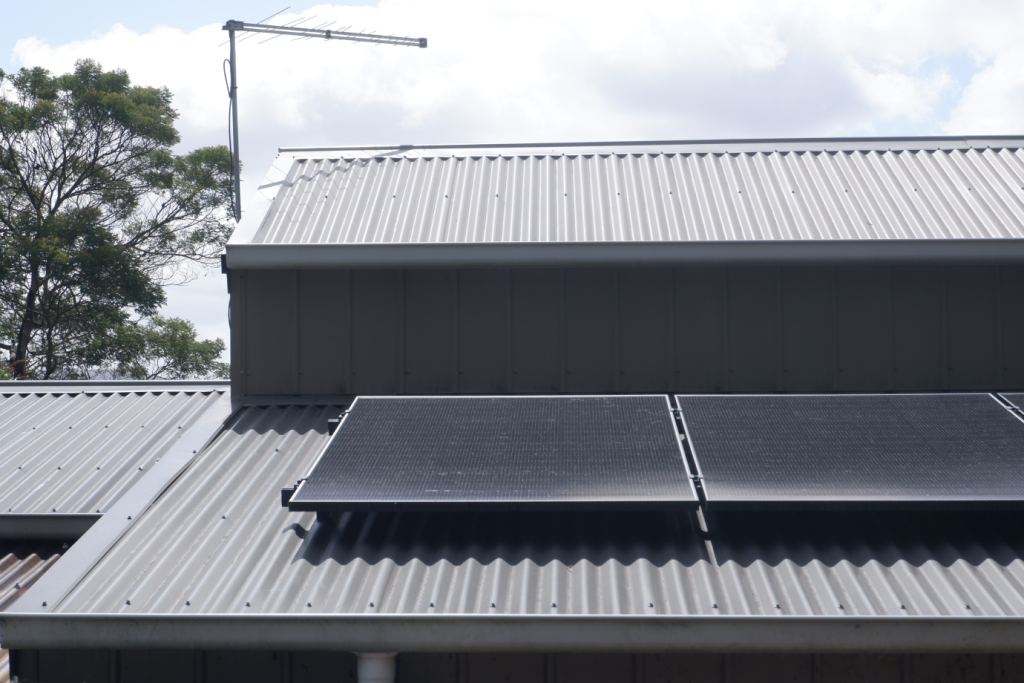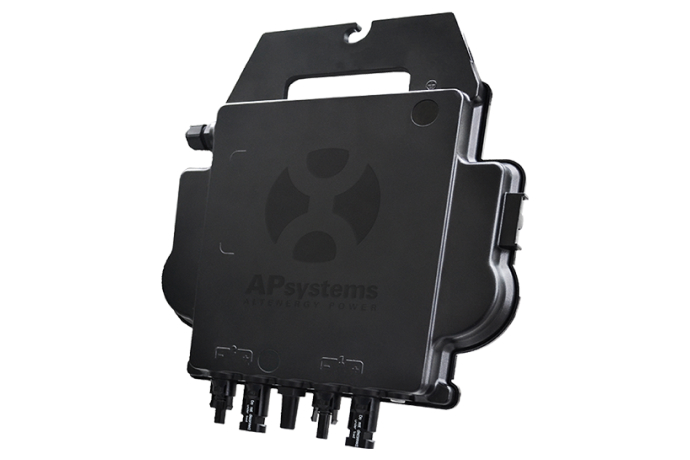Solar batteries are one of the best additions to any solar system. These devices store excess solar energy for later use, such as at night or during a power outage. They’re great for reducing your reliance on electricity while saving you money by using more of the free solar energy you generate from the sun.
Although Tasmania doesn’t have state-level rebates, the government has introduced a federal incentive called the “Cheaper Home Batteries Program.” This rebate can reduce the cost of solar batteries for Tasmanians by approximately 30%, potentially saving you $3,720 for an average-sized battery. Furthermore, this can be combined with interest-free energy loans to put you in an even better financial position. Although the rebate application process may be complex, with battery installations expected to explode in popularity, it’s important to know how to begin your application to avoid any wait times. By making the most of rebates, adding a new battery to your solar system has never been more affordable for Tasmanians.
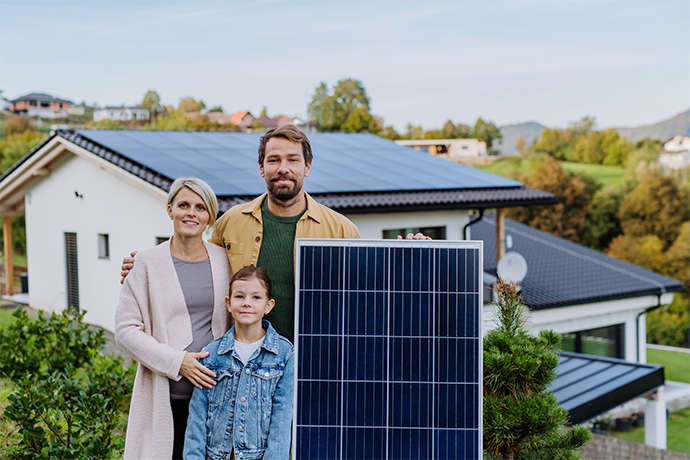
What Is A Solar Rebate?
A rebate is a financial incentive provided by the government, which will cover part or all of your upfront cost when buying solar or a battery. States, territories and local governments can operate rebate schemes, and depending on the eligibility criteria, can only apply to particular groups of people or types of housing.
Rebates are offered by the government because they encourage switching to more renewable energy sources that reduce carbon emissions. The generation of electricity involves the burning of fossil fuels and gas emissions, with solar batteries designed to store clean, sustainable energy from the sun.
Solar Battery Rebates in Tasmania
Currently, Tasmania doesn’t have a state-level solar battery rebate program. The only states or territories that offer an incentive to lower the cost of a solar battery are New South Wales and the Northern Territory. Western Australia is in the process of introducing a new rebate targeting batteries, which is expected to start on July 1st, 2025.
However, as of July 1, 2025, you now have access to a federal rebate that will target solar batteries. The “Cheaper Home Batteries Program” is designed to provide an up-front discount on battery installation. This program is expected to reduce the initial cost for these systems by around 30%.
This program is part of a $2.3 billion expansion by the federal government of the Small-scale Renewable Energy Scheme (SRES), which is already providing discounts for your solar panel installation. Under the SRES scheme, you could claim small-scale technology certificates (STCs) when installing an eligible solar system, with each STC corresponding to a specific discount value. The number of STCs will depend on the size of your unit installed – with the more STCs, the greater the discount.
The new rebate will work in the same way as the previous scheme, just targeting solar batteries instead of panel systems. Furthermore, the new rebate is uncapped, meaning there’s no limit to how many households can apply for new batteries. Importantly, this scheme will run from 2025 and end in 2030.
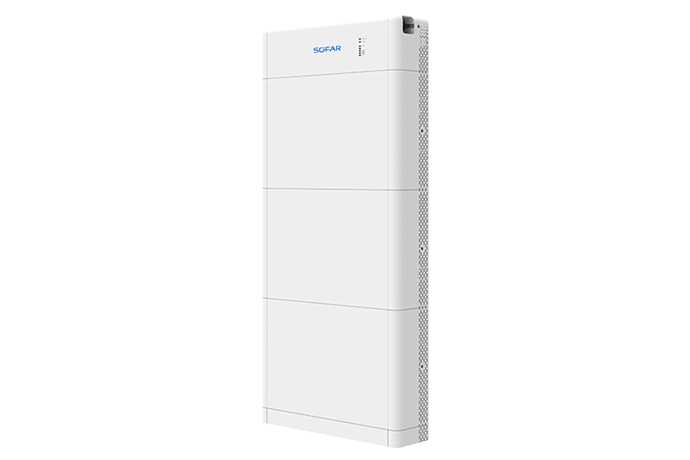
Image Credit: Sofar
Eligibility for Solar Battery Rebate Tasmania
If you’re wondering about eligibility, then we’ve got you covered. Ensure you read through this section closely, as to be eligible for the new scheme, your battery system must meet specific technical, installation and property requirements. These criteria are outlined on the Australian government website for more information:
Who is eligible?
The battery rebate will be eligible for the following:
- Australian citizens – Applicants must be Australian citizens, permanent residents, or have a valid visa that allows them to reside.
- Homeowners – This includes owner-occupiers and also applies to landlords. Importantly, landlords with multiple properties can receive multiple rebates across all their addresses as long as they meet the criteria for each.
- Community facilities – Can include sports clubs, libraries or community centres, among other facilities.
- Businesses.
System requirements
To ensure your battery system will qualify under the federal rebate, you must meet the following system criteria:
- Capacity of at least 5 kilowatt-hours (kWh) – You can apply for multiple smaller capacity batteries, as long as the combined capacity of the system is at least 5 kWh.
- Maximum capacity of 100 kWh – Importantly, although you can install systems up to 100 kWh and be eligible for the rebate, you will receive the same discount as those given to a 50 kWh system.
- Brand new – Your batteries must be installed brand new, and can’t be second-hand or refurbished systems. This is because the federal government is trying to incentivise new installations and modern systems.
- Approved by the Clean Energy Council (CEC) – Your battery and inverter must be listed on the CEC-approved product list. Please visit their website to see if you qualify.
- Installed by a Solar Accreditation Australia (SAA) Installer – To receive the rebate, your solar installer must be accredited under SAA. This ensures they meet industry standards to safely and correctly install solar batteries in your system.
- Be installed on-grid or off-grid – The grid refers to the system that supplies you with electricity. If you’re choosing to remain on-grid, then your solar battery must be Virtual Power Plant (VPP) capable. A Virtual Power Plant (VPP) is a network of solar batteries that coordinate energy storage and supply across the grid. Your battery must be capable of participating in a VPP to qualify for the rebate.
- Be connected to a new or existing solar system – Batteries cannot be installed without a solar system to connect to. Although you can install both at the same time and be eligible for the rebate.
Additional eligibility
- Electric vehicle batteries and charging systems will not be eligible for the rebate.
- Owners of existing battery systems will be eligible if they choose to install a new battery, either as a replacement or in addition to an existing one. It is important that your total battery capacity of multiple systems is between 5-100 kWh.
How Much Will I Save?
The value of your rebate discount will correspond to the kWh capacity of your battery system. In 2025, the STCs for solar batteries are estimated to be worth $40 each. With eligible batteries expected to generate 9.3 STCs per kWh under the new rebate, this puts the estimated discount per kWh at $372. This means a typical 10 kWh system, valued at an average price of $11,300, would attract a rebate of around $3,720, reducing the total cost to $7,580.
The discount you will receive under the rebate is expected to decrease between 2026, until the scheme ends in 2030. Our table below shows the value of STCs under the rebate and their expected decline each year:
| Year | 2025 | 2026 | 2027 | 2028 | 2029 | 2030 |
| Estimated value per kWh | $372 | $336 | $296 | $260 | $224 | $188 |
| STC factor ($40 each) | 9.3 | 8.4 | 7.4 | 6.5 | 5.6 | 4.7 |
Your total savings under the new rebate scheme will depend largely on your system size, usage and location within Tasmania. Hypothetically, let’s assume you already have an established solar system and are looking at investing in the savings potential of a solar battery. The following table shows the potential lifetime savings for investing in a standard 10 kWh battery with the new federal rebate added on.
| Setup | Cost of Battery (After Rebate) | Year 1 Net Savings | 5-Year Savings | 10-Year Savings |
| Adding Solar Battery | $7,580 | $2,240 | $11,290 | $22,560 |
The table above is an illustration of how much money you can save with a solar battery added after the rebate. This is the savings for a 6.6 kW solar system when you add a 10 kWh solar battery. Assumptions also include:
- 10 kWh battery cost: $11,300
- Value of rebate: $3,720
- Cost of usage per kWh: 30c
- Daily supply charge: 123.84c
- Feed-in tariff per kWh: 9c
Based on these savings, you will pay back the upfront cost of your solar battery after approximately 3 years and 10 months, with the federal rebate added on. With your 6.6 kW system, working in tandem with a 10 kWh battery, you can expect 10-year savings of up to $22,560. Importantly, the above savings are a demonstration based on set assumptions, with your exact savings likely to differ, especially with degradation over time.
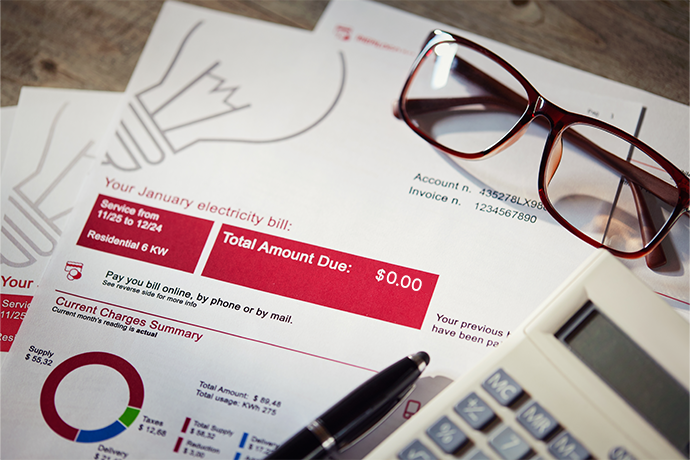
Combining Solar Battery Rebate and Loans
To assist with solar battery integration, you are also eligible for the Energy Saver Loan Scheme*. Administered by the Tasmanian government, this scheme provides interest-free loans to help you cover the cost of your new battery. These loans can range from $500 to $10,000, with fortnightly repayments up to 3 years. A loan is a great option because it allows you to cover the upfront costs immediately, with your loan repayments made easier by using the savings you’re making with solar.
To be eligible, you must ensure you can prove your loan is being used to purchase and install solar products for Tasmanian properties, which also refers to small businesses or landlords.
If you are looking to combine loans with the federal battery rebate, you will be glad to know that you can stack both incentives together. This allows you to further ease initial costs, with the battery rebate significantly reducing your fortnightly repayments.
How To Apply For a Solar Battery Rebate in Tasmania?
Once you’ve met all the eligibility criteria and understand how much you can save, you are now in line to apply. Although you can complete the rebate applications yourself, we highly recommend you choose to assign them to your local installer instead. This will allow you to apply an upfront discount as part of your battery installation. It is a great idea to chat through this with your solar installer before the battery is set up, to understand the finances and how much the rebate will reduce upfront costs.
Since the solar battery rebate kicked off in July 2025, there has been huge demand for solar installers, whose schedules will book out fast, with wait times ballooning. To avoid these delays, please contact your local installer or the team at TSS.
The federal solar rebate will make investing in battery technology more affordable than ever before for Tasmanians. As long as you meet the specific eligibility criteria, you could be in to save as much as 30% on the upfront costs of installing batteries. Furthermore, when combined with a solar loan, you are even more equipped to handle the financial hit. If you’re considering adding a battery to your solar system, please contact your local installer at TSS for their expert guidance.
*This article refers to the Energy Saver Loan Scheme, which closed to new applications in September 2025


